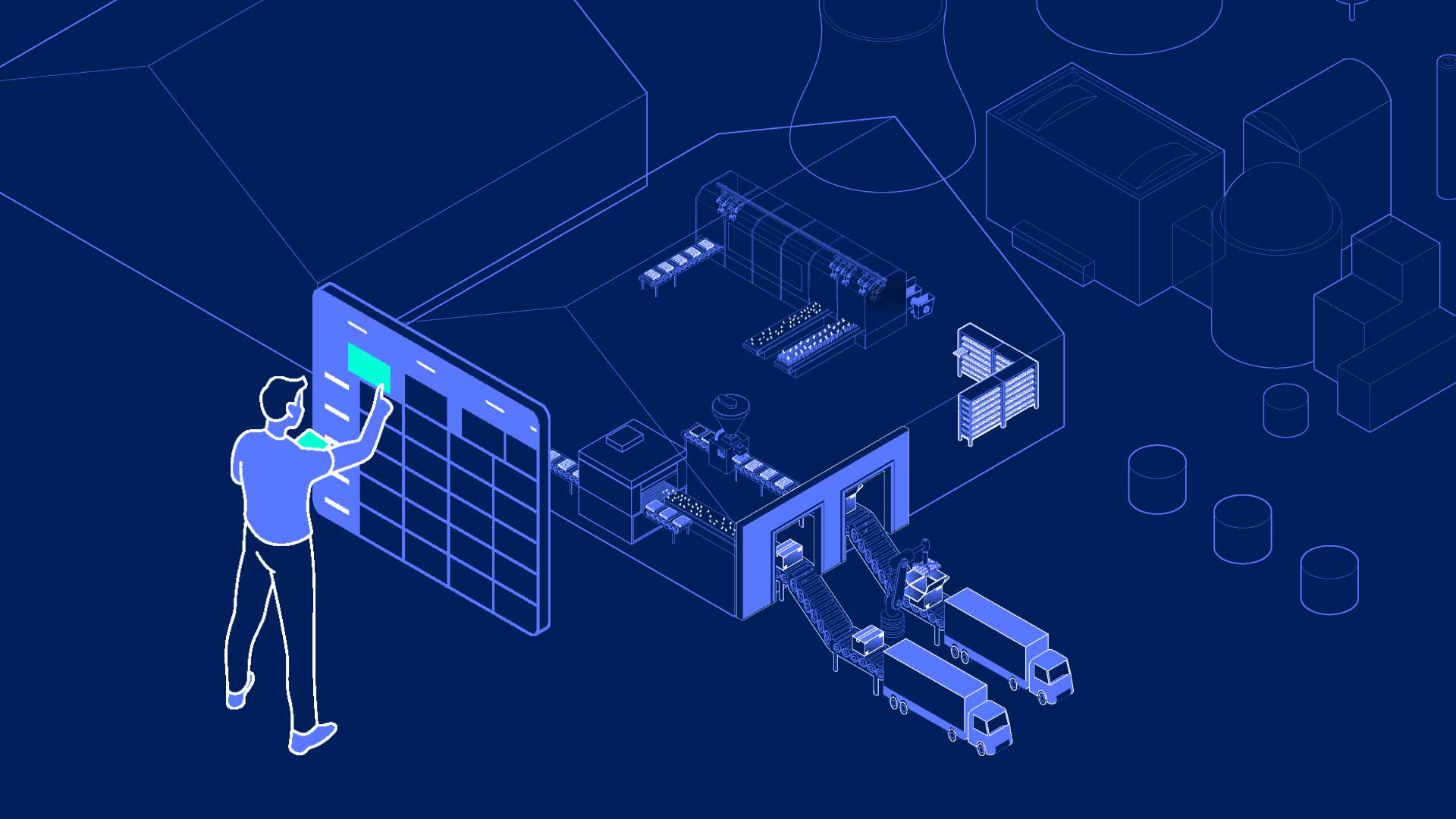The emergency budget on September 23 triggered a drop in the value of the pound versus the dollar and the euro, sending ripples through the agricultural industry.
The pound hit a record low of €1.09 on September 26th, and while it has recovered slightly since then, it is still in a weak position at €1.12. During the same time, the value of the pound versus the dollar dropped to $1.07 from $1.35 at the beginning of 2022.
But the falling pound doesn’t necessarily equal problems in all aspects of the agricultural industry. There may be an opportunity to make local produce more accessible.
So, what can farmers do to ensure commercial viability in these turbulent times?
An IGS system can help farmers capitalise on the falling pound
On the surface, the fall of the pound sounds like it will be trouble for farmers and consumers alike. But this may be an opportunity for local farmers to bring food systems back into the UK and produce more homegrown food.
By introducing Growth Tower technology into your existing farming systems, growers can meet their customer’s needs and ensure a consistent supply of quality crops, including produce that isn’t traditionally able to grow in the UK.
How else can the fall in sterling be advantageous for local growers?
Lower dependence on imports can bolster the local economy
While a weak pound makes UK exports more appealing, it also drives up the costs of many inputs, such as fuel, machinery, transport, fertiliser, and feed ingredients.
Figures show UK businesses and consumers spent £465.5 [1] billion on imported goods last year, plus agricultural input costs already rose 23.5 [2] year-on-year in July 2022. We can only imagine how much more this could rise in the coming years.
But for UK growers there is a solution: a shift into a total controlled environment agriculture (TCEA) model. If we want to successfully grow more locally, vertical farming can be part of the solution that adds value and efficiencies to the food supply chain.
TCEA is currently the most advanced form of vertical farming where all the environmental parameters are precisely controlled. Plants are grown in trays that are stacked vertically and completely sealed off from the outside world. It replaces the sun with LED lights; the rain with closed-loop water recycling and the wind with patented heat, ventilation and air conditioning (HVAC).
This makes production faster and easier to control. You can tell the system exactly what you want to grow, and it will grow it all year, including produce we couldn't grow in the UK otherwise.
This makes us less dependent on imports and gives us more room to grow and buy locally. This means more localised food production within the UK for economic growth and food security.

A weaker pound makes local food more appealing
The consumer price index in the UK had already gone up by 9.9% in the 12 months leading up to August, with food prices going up by 13.1% [3]. After the recent drop in the value of the pound, the cost of imported goods is likely to go up more. This will exacerbate the current cost-of-living crisis, especially when the UK gets most of its food from other countries.
Only half of the food people in the UK eat is actually grown here. In fact, two countries are responsible for 69% of imports of fresh vegetables and four countries account for 44% of fresh fruit imports into the UK [4].
While fruit such as strawberries can be homegrown in the UK over the summer, around 90% of the UK's output propagates from plants originally cultivated on the continent. IGS Growth Towers can propagate faster and more predictably a variety of crops such as broccoli, seed potatoes, strawberries and tomatoes compared to incumbent methods.
Consumers are already choosing [5] lower-quality products to feed their families, which usually includes imported produce with lower safety standards. Through TCEA, we can lessen dependence on food brought into the UK from other countries. This will let us grow food with higher quality and higher yields right here on UK soil.
Farmers can diversify their revenue streams
In the longer term, a weaker pound and increased import costs create a risk for farmers’ margins. As expenses rise, this raises further concerns about the impact on future harvests, the weaker pound will add more uncertainty to production in 2023.
Even in the off-season, a vertical farming system can deliver a consistent flow of produce and a diverse variety of crops. This lets you talk to buyers about long-term contracts because you're able to grow high market value crops year long. By producing crops that adhere to emerging food trends or market requirements, you can adjust output to meet changing demands.

For example, imagine you could support your traditional farm with a steady income from a plant like basil, which can be grown from seed to harvest in an IGS Growth Tower. This technology gives your buyers, for example, food wholesalers, a reliable and consistent crop supply when either out of season or all year round.
Get in touch to learn more about how exchange rates affect the agriculture industry and how IGS can help you ensure your long-term commercial viability:
Sources
1. https://www.ons.gov.uk/economy/nationalaccounts/balanceofpayments/articles/uktradeingoodsyearinreview/2021
2. https://www.agriland.co.uk/farming-news/uk-research-shows-cost-of-farming-squeeze-now-facing-farmers/
3. https://www.washingtonpost.com/world/2022/09/27/british-pound-drop-dollar-us-impact/
4. https://www.theccc.org.uk/wp-content/uploads/2019/07/Outcomes-Supply-chain-case-study.pdf
5. https://www.hortidaily.com/article/9446655/uk-consumers-are-starting-to-doubt-the-quality-of-supermarket-foods/






.jpg)
